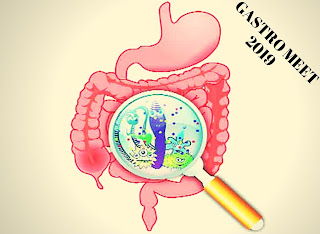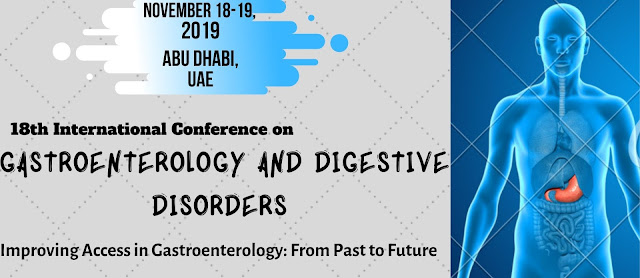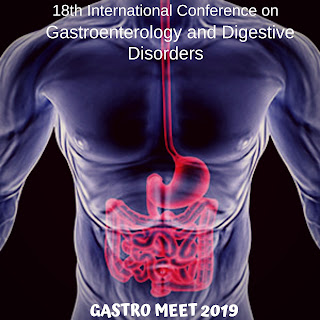What is the role of Eosinophils in the pathogenesis of colorectal disorders present in gastrointestinal tract?

Eosinophils presently appear as versatile mobile cells controlling and regulating multiple biological pathways and responses in fitness and diseases. these cells keep in their particular granules numerous biologically active substances like cytotoxic cationic proteins, cytokines, growth factors, chemokines, and enzymes are prepared for fast release. The human gut is the principle terminus of eosinophils that are produced and matured in the bone marrow after which transferred to target tissues through the stream. In health, the maximum important capabilities of gut-eosinophils incorporate their participation inside the preservation of the protecting mucosal barrier and interactions with other immune cells in presenting immunity to the microbiota of the intestine lumen. Eosinophils are maintaining the development of inflammatory bowel disease (IBD), whilst their cytotoxic granule proteins which damage the host tissues. B ut, their roles in Crohn’s disorder and ulcerative colitis

